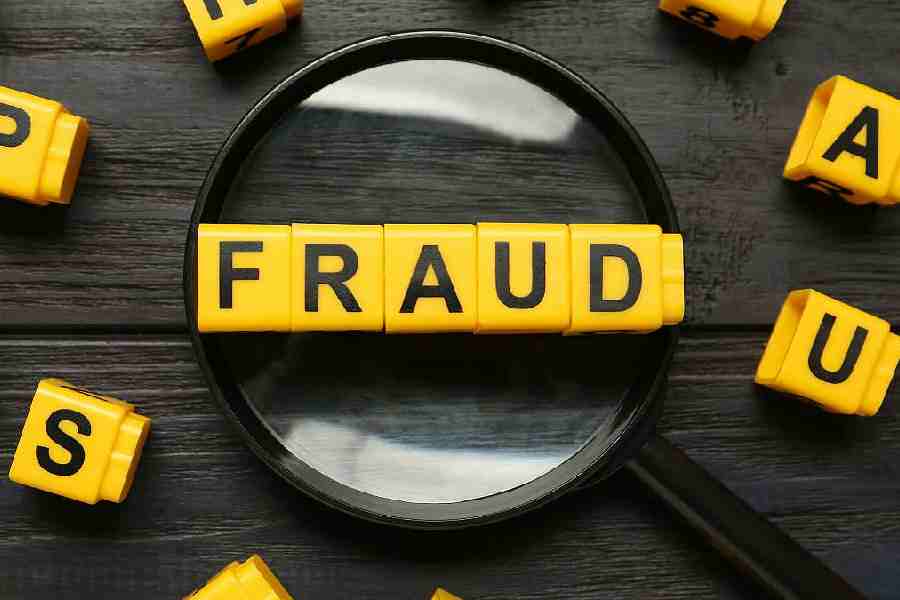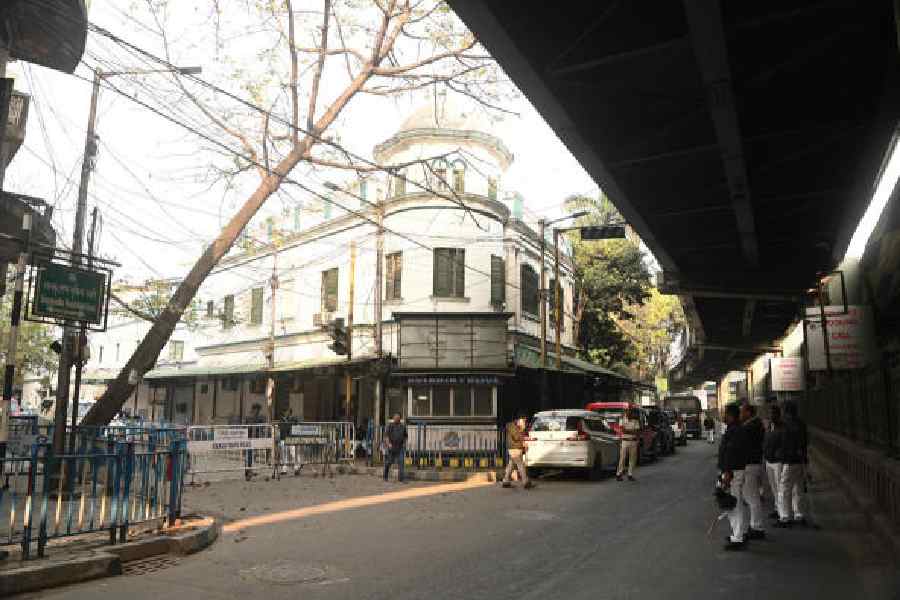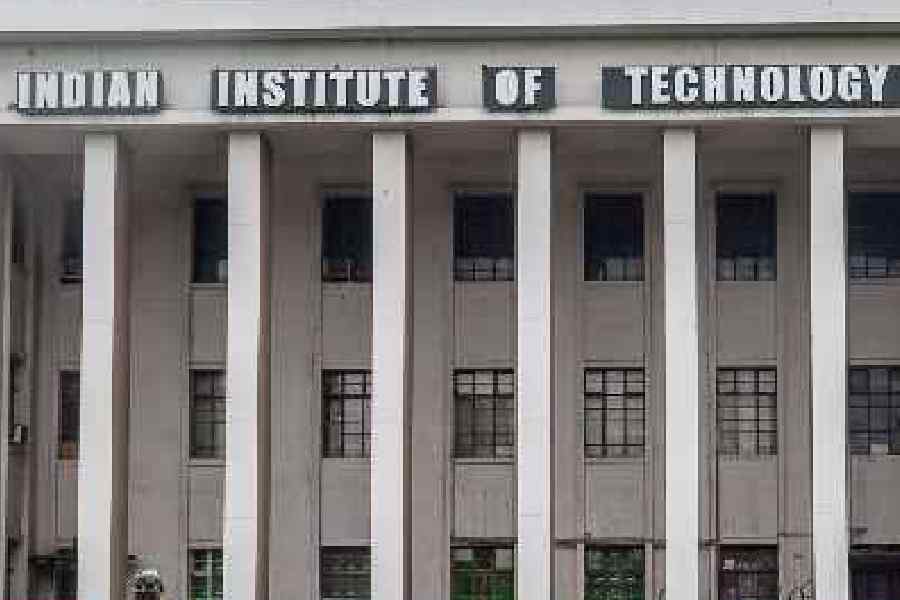 |
| An electronics store offering a clearance sale before going out of business in Los Angeles on February 2. (AFP) |
That was the precise moment when it hit me: the extent and severity of the economic precipice on the edge of which America now stands.
I was running out of petrol on a highway that was until recently the artery of a staggering daily trade of $1.5 billion in goods between the US and Canada, 70 per cent of which was transported by trucks.
Today, as businesses fold up every day across the US, there is no petrol or diesel to be bought for an entire stretch of 184km on this highway in a once-prosperous part of Pennsylvania.
Every outlet that sold automobile fuel on this once-busy stretch has closed down. And along with it, businesses at “service centres” on this highway that hawked everything from lottery tickets and contraceptives — sought mainly by truck drivers — to Starbucks coffee and Big Macs have folded up.
The highway, known as the Penna Turnpike, begins in Breezewood, Pennsylvania, where I regularly fill up my car at a Citgo pump owned by Hugo Chavez’s Venezuela.
But no more Citgo in Breezewood, a town that lives off truckers who ferry goods across the US and onward to Canada. First the Texas-based refining arm of Venezuela’s state-run oil company gave up the outlet because of falling sales. But the new franchisee could not stay in business for more than a year.
When you are used to places, you don’t like change, especially if it is for the worse. So, instead of tanking up at another outlet in Breezewood, I decided to buy petrol at a Penna Turnpike petrol station that I had used before.
But shortly after I entered the toll highway, I was greeted by a warning sign put up by the Turnpike Commission that read: “No fuel or services for 116 miles.”
The only other place where I have seen a “no fuel” sign anywhere in America is in Death Valley between California and Nevada. But the Death Valley is what its name stands for, the driest and hottest location in the US, where it is not viable to run a petrol station along the uninhabited road to the Mojave desert.
I put the warning sign on Penna Turnpike down to some temporary dislocation, lease problems or supply difficulties. It did not prepare me for the desolation that lay ahead.
Service centres where I had enjoyed Panera Bread hot chocolate that used to be served in ceramic bowls instead of paper cups or Au Bon Pain’s oatmeal on previous trips were sadly boarded up.
Their once-overflowing parking lots, where I sometimes had to wait for another car to pull out, were eerily deserted.
For the record, officials of the Turnpike Commission are putting on a brave front and insisting that the service centres, including the fuel stations, will be reopened through a “public-private redevelopment initiative”, but that is like the White House insisting that the good times will certainly come back to America.
As I left Pennsylvania and entered the Ohio Turnpike on my way to Canada, the thin traffic on the six-lane highway that used to be full of trucks was no more a driving pleasure. For many miles there was nothing on the road ahead of me and nothing was moving behind me as far as I could see.
It was a warning sign of what might come of the world’s biggest trading route of our time.
In 2006, the last year with complete figures, cars and trucks logged over 3 billion miles of Turnpike driving in Ohio. The Penna Turnpike was used until the economic downturn by 190 million vehicles a year.
If you live in Washington, it is easy to be immune from the rest of America. The national capital area is like a glass bubble.
One-bedroom apartments that offer nothing more than the very ordinary were still selling at a “low” price of more than half a million dollars in Washington even as 2.3 million homeowners faced foreclosure proceedings elsewhere in the US last year.
According to President Barack Obama’s press secretary Robert Gibbs, that translates into “10,000 Americans each day that have their homes foreclosed on” and repossessed by lenders.
In Washington, the election of a new President is itself a “stimulus”. He can offer at least 9,051 jobs by way of political appointments, according to the last edition of the United States Government Policy and Supporting Positions, otherwise known as the “Plum Book” because it is a guide to plum government jobs.
The bulk of these 9,051 jobs are in Washington and that means new house-lease agreements, new cars, purchase of household goods and everything else that goes with a move upwards in life.
The ominous quiet along the Penna Turnpike is bad enough. But worse is what is developing at the western end of this huge country. In California, still ranked as the eighth largest economy in the world, they are running out of cash.
On Friday, John Chiang, California’s “state controller”, the de facto treasurer, said: “I am trying to keep California from being the first state in US history to default.”
He told the South Bay Association of Chambers of Commerce in the state that “if I paid every bill, we would be in the red at the end of February”.










